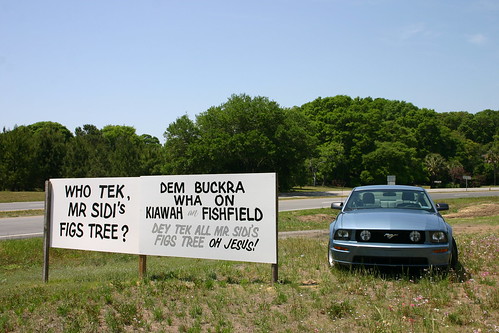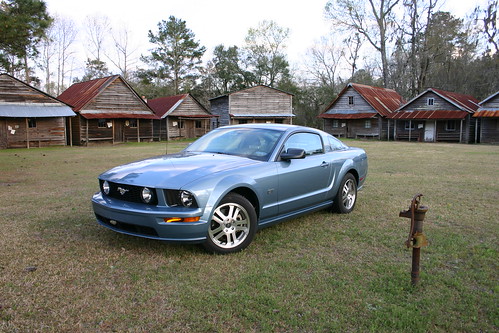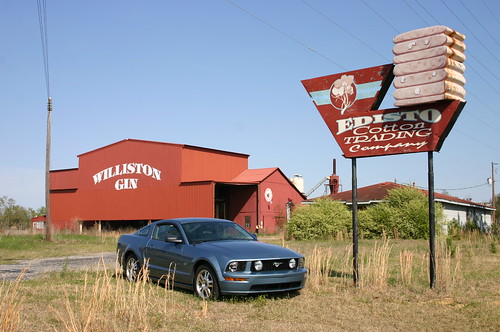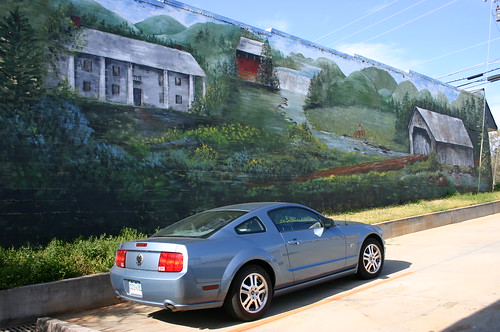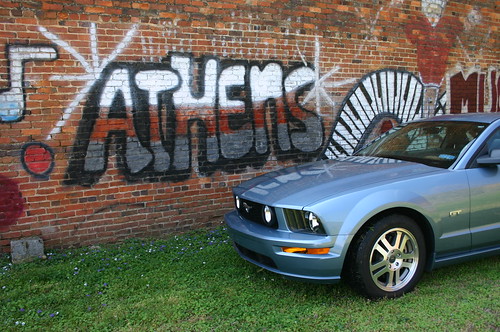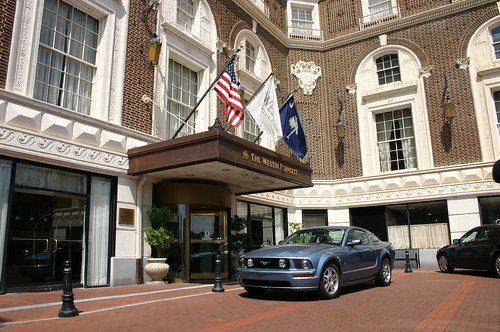
[ FOR BETTER RESOLUTION, CLICK ON IMAGE ]
One of our central pleasures in the making of this journal is the finding and recording of buildings, businesses and places of color and individual charm just prior to their passing into grist for the developers' mills. It takes all the horsepower we can muster just to stay a building ahead. When we overtook the old Poinsett Hotel in Greenville, we were stunned by its tasteful return to dignity, its exciting return to glory. " Magnificent " is too weak a word to describe the place.
Little more than a generation ago, the Jack Tarr Poinsett Hotel had become a boarded up refuge for bums and dopers, hookers and outlaws with a watered down version of the Manson family sequestered in the ballroom. It had developed its own eco system and probably had a rain forest within the building. It had been a sister ship to Charleston's Francis Marion Hotel in the Jack Tarr Line, but it went to the bottom with the general sinking of downtown Greenville.
What sank Greenville's downtown sank most other downtown areas in the region: flight to the suburbs and the sprawl of malls beyond the city limits. There were, of course, certain other factors, but this was the basic drift. The shoppers, diners and customers of the community excised the downtown with all the regret with which one parts with a gangrenous limb. " Grim " is too mild a word to describe the process.
Many downtown areas languish yet today and some of the comebacks have been partial even artificial. Convoluted traffic designs, curious plantings in wayward medians and funny lighting do not a revival make. Greenville's downtown has come back to life in a robust and orderly manner by sound planning, prudent investment and sheer dint of will. Charleston resident, Steve Dopp, is fully responsible for the inspired renovation of what is now the Westin-Poinsett which illuminates the once dead end of Main Street.
The enlightened partnership between Greenville's Mayor and the business community has reanimated the corpse of their downtown and given it the happy human face of independent businesses. They are not dominated by chain stores and formulaic franchisees.
Not every business is new and not every business surrendered during the declining years. Charlie's Steak House around the corner on Coffee Street, the last place in the world where one can still obtain Thousand Island dressing, has been serving beef to beat the band for a mere 87 years. " Steadfast " is the right word for Charlie's.
We'd love to check into the Westin-Poinsett and avail ourselves of all their amenities except valet parking. We still like to do our own stunt work including parking. Mayor White might give you the keys to the city, but we ain't giving up our keys to nobody.
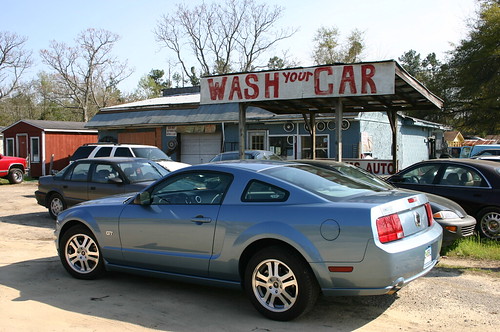 [ FOR BETTER RESOLUTION, CLICK ON IMAGE ]
[ FOR BETTER RESOLUTION, CLICK ON IMAGE ]
